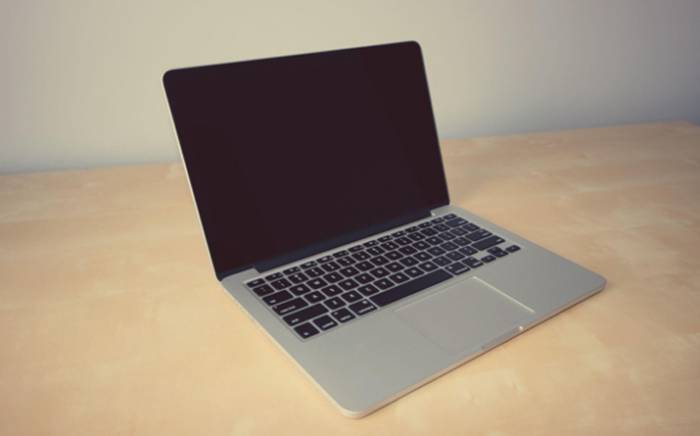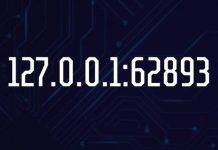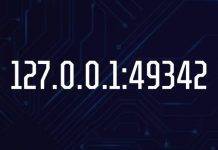Compared to other laptop brands, Mac’s performance is unparalleled. Mac users have unreasonably high expectations and wrongly believe that their system has superpowers. At the end of the day, your Mac is a machine, and it may suffer problems. Fortunately, all Mac issues are not serious, and you don’t need to run to a professional. Some of the common Mac issues and their DIY fixes are rounded below for your convenience.

Kernel Panic
A kernel panic is a common problem faced by Mac users. It occurs when your Mac runs into a serious problem that hinders it from running. You might see a message saying that your system started because of a problem.
The reasons behind kernel panic are many, such as damaged or incompatible hardware, faulty software, inconsistent storage media, etc.
If you fail to identify the software or the root cause that might be causing kernel panic, follow these troubleshooting steps.
- Restart your system in Safe Mode by holding down the Shift key. When the login screen appears, go to Apple Menu > click App Store > click Update and install available updates.
- Uninstall third-party software apps or plug-ins. Update apps on your Mac as they might have become outdated.
- Disconnect external devices other than the ones provided by Apple. Also, remove hardware drivers and upgrades from other providers, such as PCI cards or RAM. Then, restart your Mac.
- If the problem still exists, use Apple Diagnostics for detecting and diagnosing the problem with your Mac’s internal hardware, such as the logic board, memory and wireless devices.
Folder With a Question Mark
When you see a flashing folder with question mark on your Mac, it means your device is telling you something. Typically, the blinking folder means the boot device is not found, and as a result, your Mac cannot run the startup program.
If the flashing file with a question mark displays for a few seconds upon startup and your machine continues to boot, the problem might be selecting an appropriate startup disk. The issue can be corrected by waiting until the startup is complete and then going into System Preferences > selecting the right startup disk. The problem should be resolved, but ensure to restart your system to be certain.
Startup Problem
If your Mac has turned old, it may fail to boot properly and display a blank screen. The problem can be fixed by rebooting your system in Safe Mode. It will help to shred a lot of load off your Mac’s shoulders and boot with minimal resources.
In Safe Mode, the operating system will run a health check on the startup disk and repair any problems that might be the reason behind startup issues. Start your Mac in Safe Mode by pressing the power button and pressing and holding the Shift key. Release the Shift key when the Apple logo disappears.
Quit the Safe Mode by restarting your Mac without holding the Shift key.
Disappearing Files or Folders
Mac users have reported losing folders and files after they’re upgraded macOS. Even though regular backups can restore lost files to your system, you must have the recent backup with you.
If you have not upgraded macOS recently, but a few files are missing, the chances are that your Mac has been exposed to cyber threats. Here are a few things you can do to get back your missing files.
- If you have lost an email folder after a recent update, you can rebuild o re-index your Apple Mail. Depending on the volume of data you have to recover, it may take a few hours to re-index.
- Try finding the missing files and folders in the Trash or Recent items. If you find them, restore them to their original location.
Very Short Battery Life
Battery draining fast is a problem that many Mac users have complained about, and it is one of the most common and frustrating issues. If you are going through something similar, the best solution is to reset the Power Management and restart your device. The issue might be resolved by resetting the SMC. But data loss is a possibility, especially if the Mac battery goes during a read or write operation. To go ahead with an SMC reset, shut down your device > press the power button > long-press Shift + Control + Option > release all the keys to boot your device.
Also, it would help to physically check the power adapter or cable to ensure they’re not damaged. If the SMC reset doesn’t solve your problem, the problem might be with the battery itself, and you may replace the battery.
Conclusion
Using the DIY solutions mentioned above, you can solve the most common Mac issues and not worry about interruptions in your work.







































